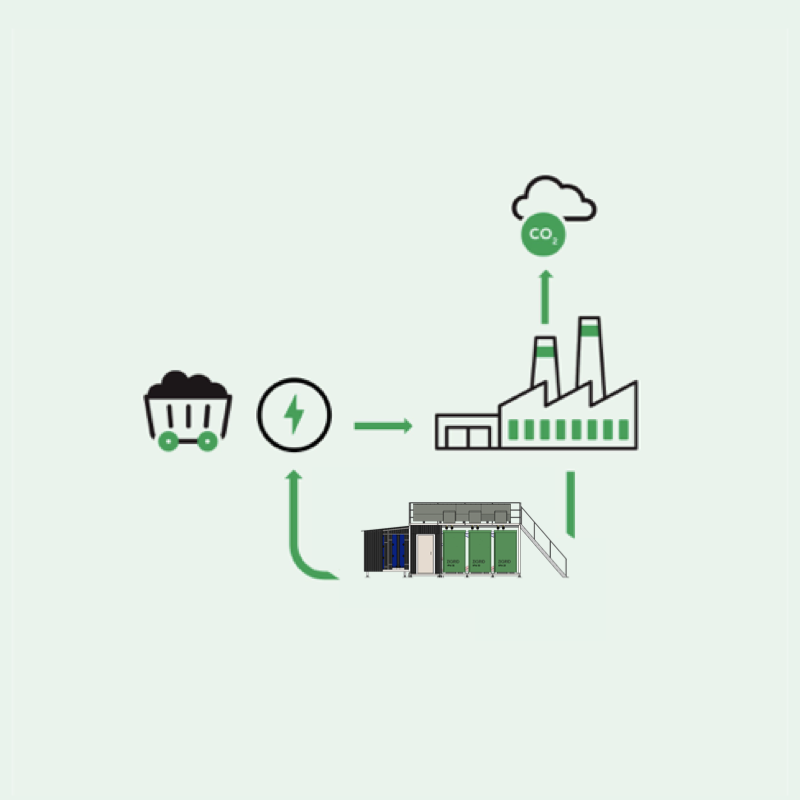Reuse the potential from waste heat
Waste heat represents a large potential energy source, as roughly half of all energy produced by human actions becomes recoverable waste heat. The largest part of this waste heat has a temperature below 100°C and is called low-grade waste heat.
In most cases this wasted heat is simply released into the environment. And while heat may seem like a harmless emission, reuse of this wasted energy can potentially lead to a massive reduction of both CO2 emissions and heat pollution of water supplies.
Wasted heat - wasted opportunity
At ZIGRID we see the wasted heat as a wasted opportunity: By reusing it, we could make an important contribution to meet international targets for renewable energy.
Electricity production from warm water
Efficient solutions for reusing medium- and high-grade heat waste above 100°C already exist. For low-grade waste heat, however, utilizing and regenerating power has been a challenge. Until now, district heating has more or less been the only viable option.
ZIGRID’s solution uses the difference in temperature between heat-flows and cold flows of water – and converts it into new power.
ZIGRID Heat-power module
The standard heat-power module is the core component. A group of power modules together forms a power unit. The electricity production vary depending on available warm- and cold energy flows. A power module has a typical output between 15-25kW and can be scaled up to larger systems.
The modular structure of the core components enables the units to be mounted in cascade, producing electricity and reducing heat in each cascading step. Unit cascades can be mounted in parallel if large heat-flows are provided. Thus, the unit is very flexible and able to address small as well as large flows of waste heat.

Electricity production at unprecedented climate foot print
With an unparalleled low 4,3 gr CO2 per produced kWh, the ZIGRID solution is a factor 60 better than the European power grid average, and 100 times better than the global power grid average.